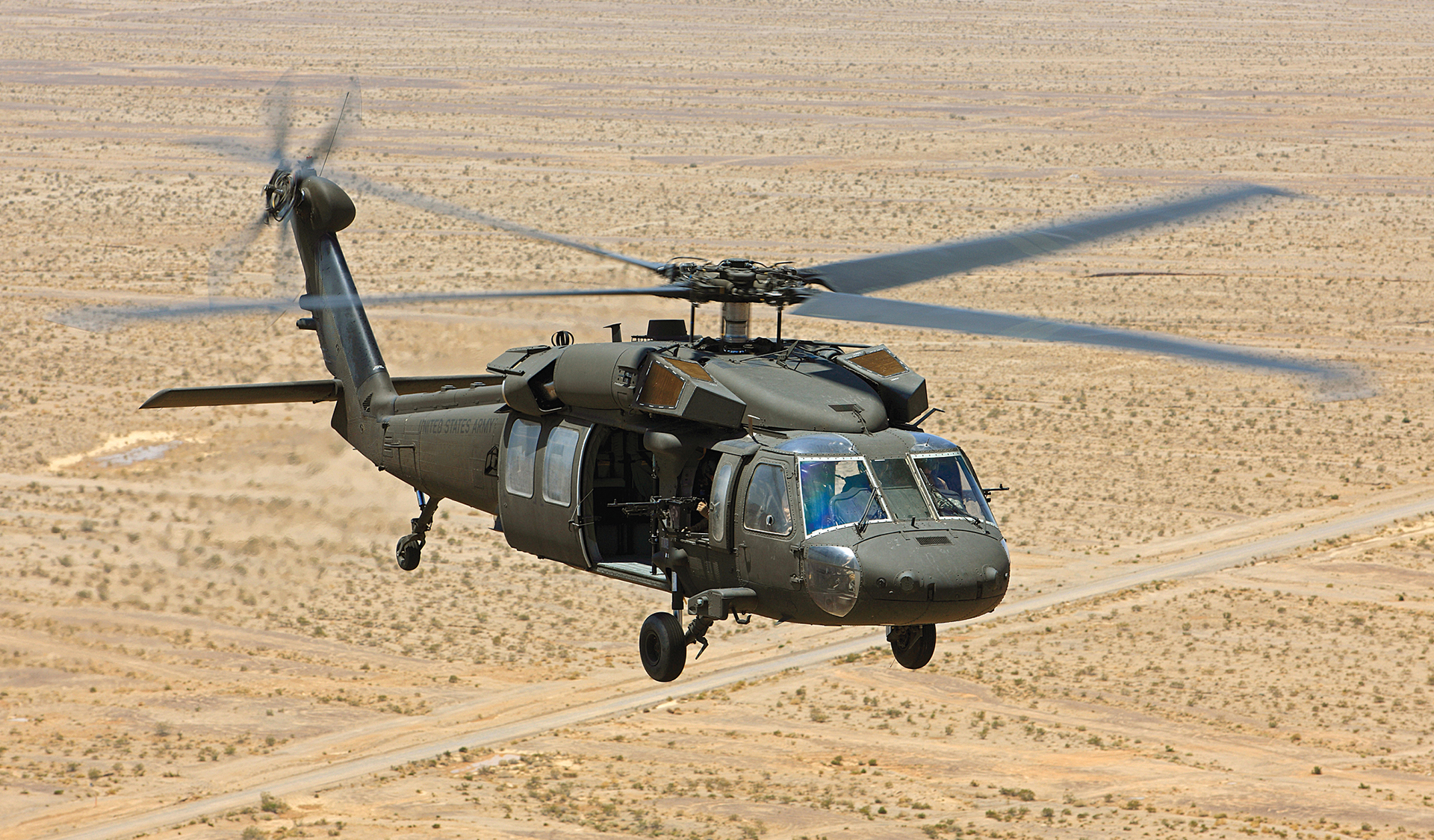Making Best Use Of Safety And Security: Important Maintenance Tips for Your UH 60 Helicopter
Making Best Use Of Safety And Security: Important Maintenance Tips for Your UH 60 Helicopter
Blog Article
Navigating Uh 60 Helicopter Laws and Conformity Requirements

Regulatory Framework Summary
The regulatory framework governing UH-60 helicopter operations encompasses a complex collection of policies and standards developed by aviation authorities. These laws are designed to make certain the effective and risk-free operation of UH-60 helicopters in different settings. The Federal Aviation Administration (FAA) plays a central role in establishing and imposing these guidelines, which cover a variety of functional facets, consisting of airworthiness standards, pilot certifications, maintenance demands, and operational procedures.
Conformity with these regulations is important for helicopter operators to maintain the highest degree of security and functional integrity. Failure to follow these laws can cause serious repercussions, consisting of mishaps, injuries, and regulatory assents. Therefore, helicopter operators have to stay educated regarding the most up to date regulative growths and make sure that their procedures are in complete conformity with all relevant rules and requirements.
Airworthiness Assessments and regulations
Amidst the governing framework controling UH-60 helicopter procedures, an essential focus pushes compliance with Airworthiness Directives and conducting comprehensive examinations to support safety and security requirements and operational dependability. Airworthiness Directives (ADs) are issued by air travel authorities to attend to risky conditions in airplane, consisting of the UH-60 helicopter, and mandate certain activities to be taken by owners or operators. Compliance with ADs is required, and failing to adhere to these directives can result in major repercussions, consisting of grounding of the airplane.
Normal assessments are extremely important to ensuring the airworthiness of UH-60 helicopters. These examinations encompass a variety of checks, from routine day-to-day evaluations conducted by pilots prior to and after flights to more comprehensive scheduled upkeep examinations executed by certified auto mechanics. In addition, unique assessments might be called for based on particular conditions or events. By sticking to a rigorous assessment regimen, operators can spot and address potential problems immediately, thus improving the security and integrity of UH-60 helicopter operations.
Pilot Certifications and Training

Pilot training for Bonuses UH-60 helicopters is detailed and covers a large range of topics, consisting of aircraft systems, emergency situation treatments, navigating, and mission-specific training. In addition, pilots undergo simulator training to practice various emergency situation circumstances in a controlled atmosphere. This training helps pilots develop the essential abilities to manage difficult scenarios properly.


In addition, continuous training and specialist growth are essential for UH-60 pilots to remain present with the current policies, technology, and best techniques. By purchasing pilot certifications and training, operators can enhance safety and security, enhance efficiency, and make certain conformity with regulatory needs in the procedure of UH-60 helicopters.
Operational Limitations and Requirements
Pilot qualifications and training serve as the structure for comprehending the operational restrictions and demands linked with UH-60 helicopter procedures. Additionally, compliance requirements, such as sticking to certain flight paths, communication protocols, and emergency procedures, are essential for maintaining operational safety and security and regulatory compliance. Pilots should remain present with all operational constraints and requirements via regular training, briefings, and evaluates to alleviate risks and ensure safe and efficient UH-60 helicopter operations.
Emergency Situation Treatments and Compliance Testing
Effective emergency situation procedures and complete compliance screening are crucial parts of preserving functional security and governing adherence in UH-60 helicopter operations. Emergency situation treatments incorporate methods for numerous situations, including engine failings, fires, hydraulic issues, and a lot more. Pilots and team official site members need to be skilled in these procedures to react promptly and properly in emergencies. Normal conformity testing makes sure that the helicopter fulfills all regulatory needs established forth by aeronautics authorities. This screening includes thorough examinations, checks, and examinations to validate that the aircraft is airworthy and in compliance with all appropriate regulations.
In addition, conformity testing may involve simulations of emergency situations to assess the crew's response and the helicopter's efficiency under stress. By focusing on emergency procedures and compliance testing, UH-60 operators can minimize threats and demonstrate their commitment to safety and governing compliance.
Verdict
In verdict, adherence to regulative framework, compliance with airworthiness instructions, pilot certifications and training, operational limitations, and emergency treatments are important for navigating the laws and demands of running a UH-60 helicopter. uh 60. It is important for operators to focus on security and ensure full compliance with all appropriate regulations to preserve the airworthiness and functional integrity of the aircraft
Browsing the regulative landscape bordering UH-60 helicopter procedures requires a nuanced understanding of the complex internet of regulations and compliance needs.Compliance with these regulations is vital for helicopter operators to keep the greatest levels of security and operational integrity.In the middle of the regulative structure regulating UH-60 helicopter procedures, a critical emphasis lies on conformity with Airworthiness Directives and conducting extensive assessments to promote safety and security criteria and functional dependability.Reliable emergency treatments and detailed compliance testing are vital components of maintaining operational safety and security and governing adherence in UH-60 helicopter operations. Normal conformity screening ensures that the helicopter satisfies all governing needs set forth by air travel read what he said authorities.
Report this page